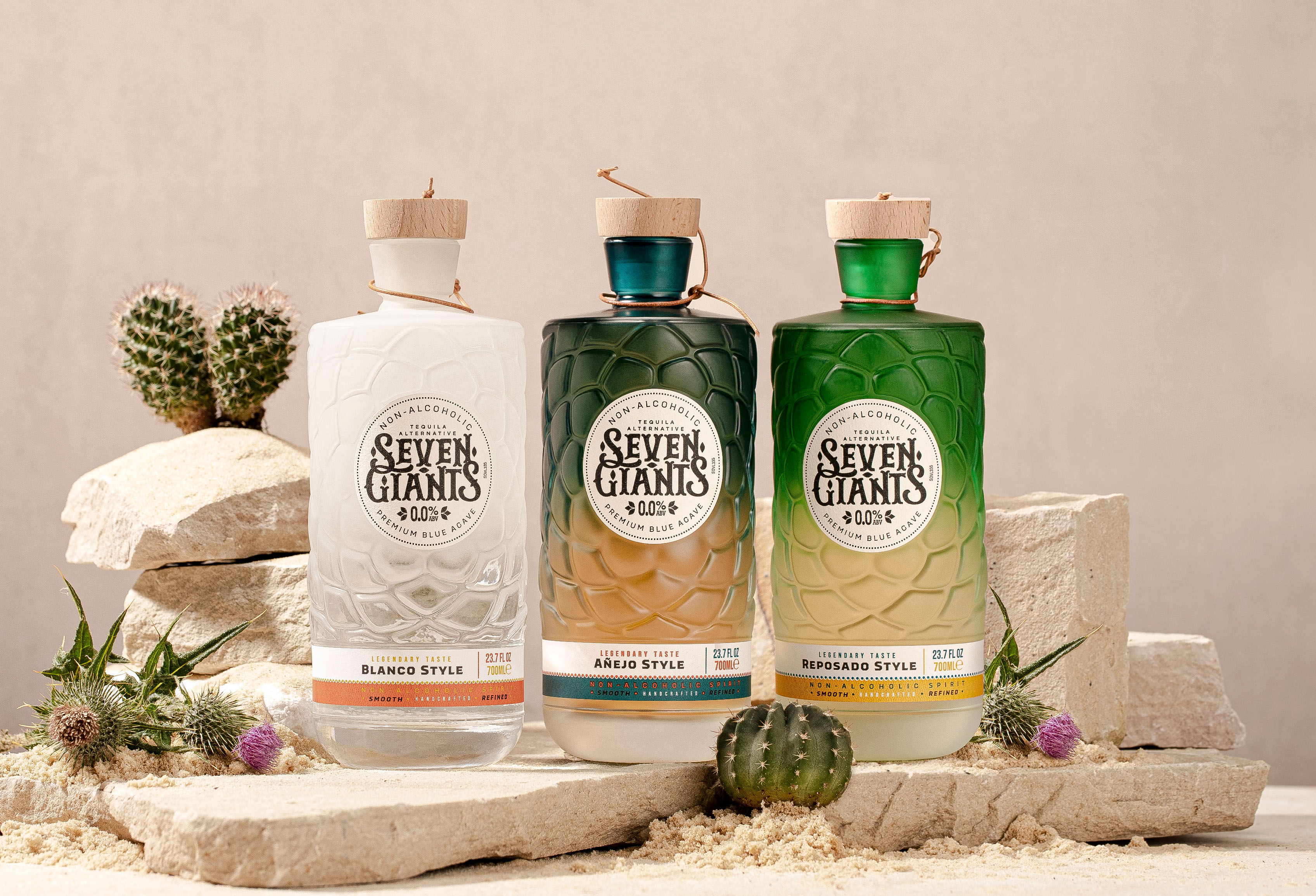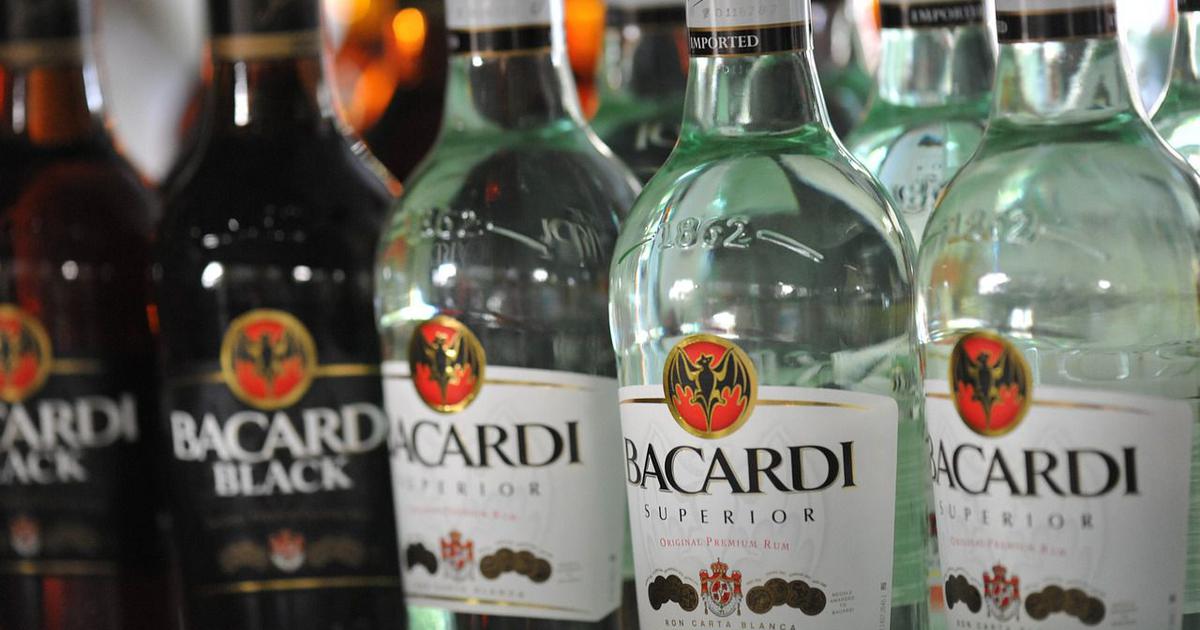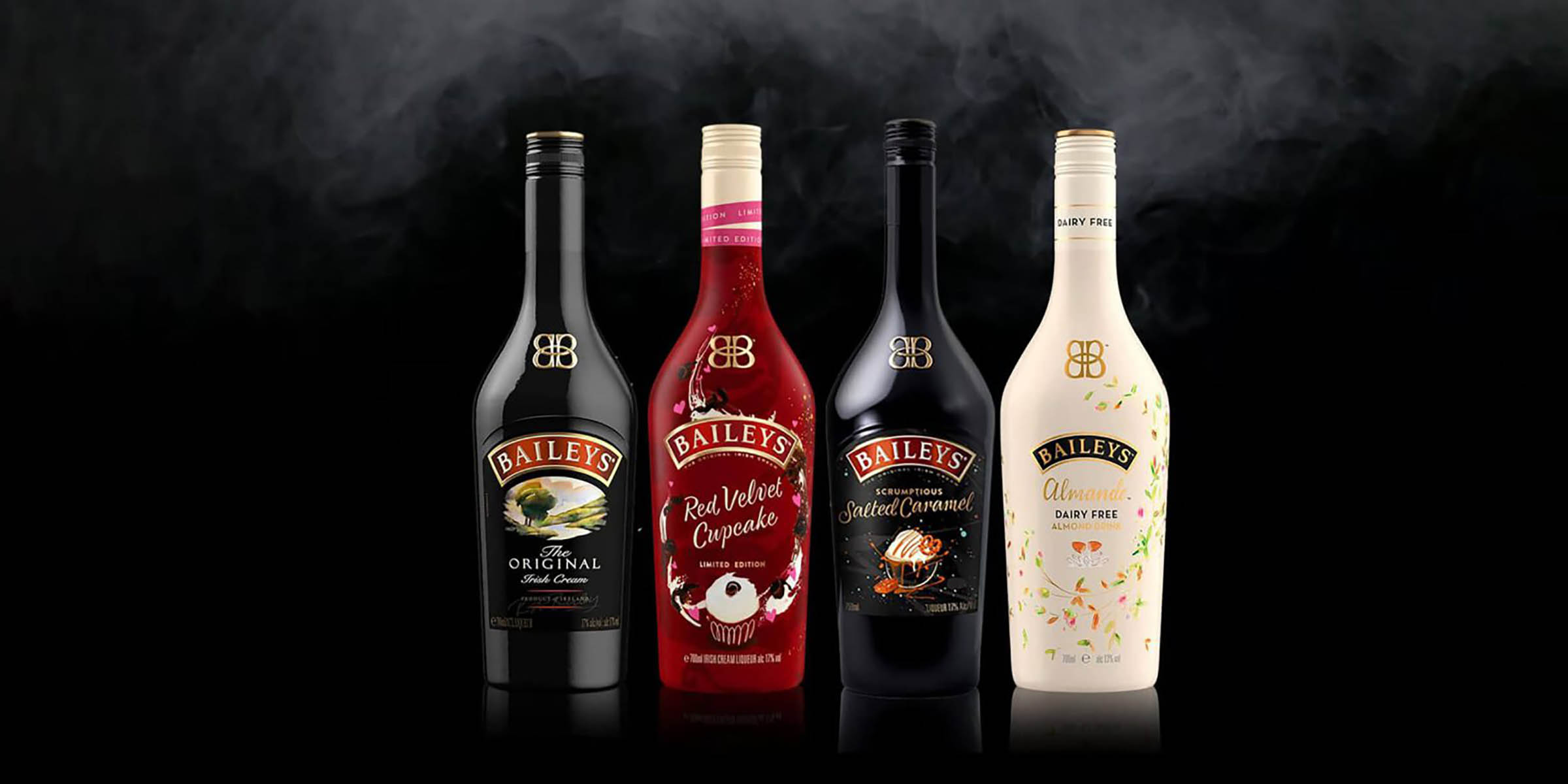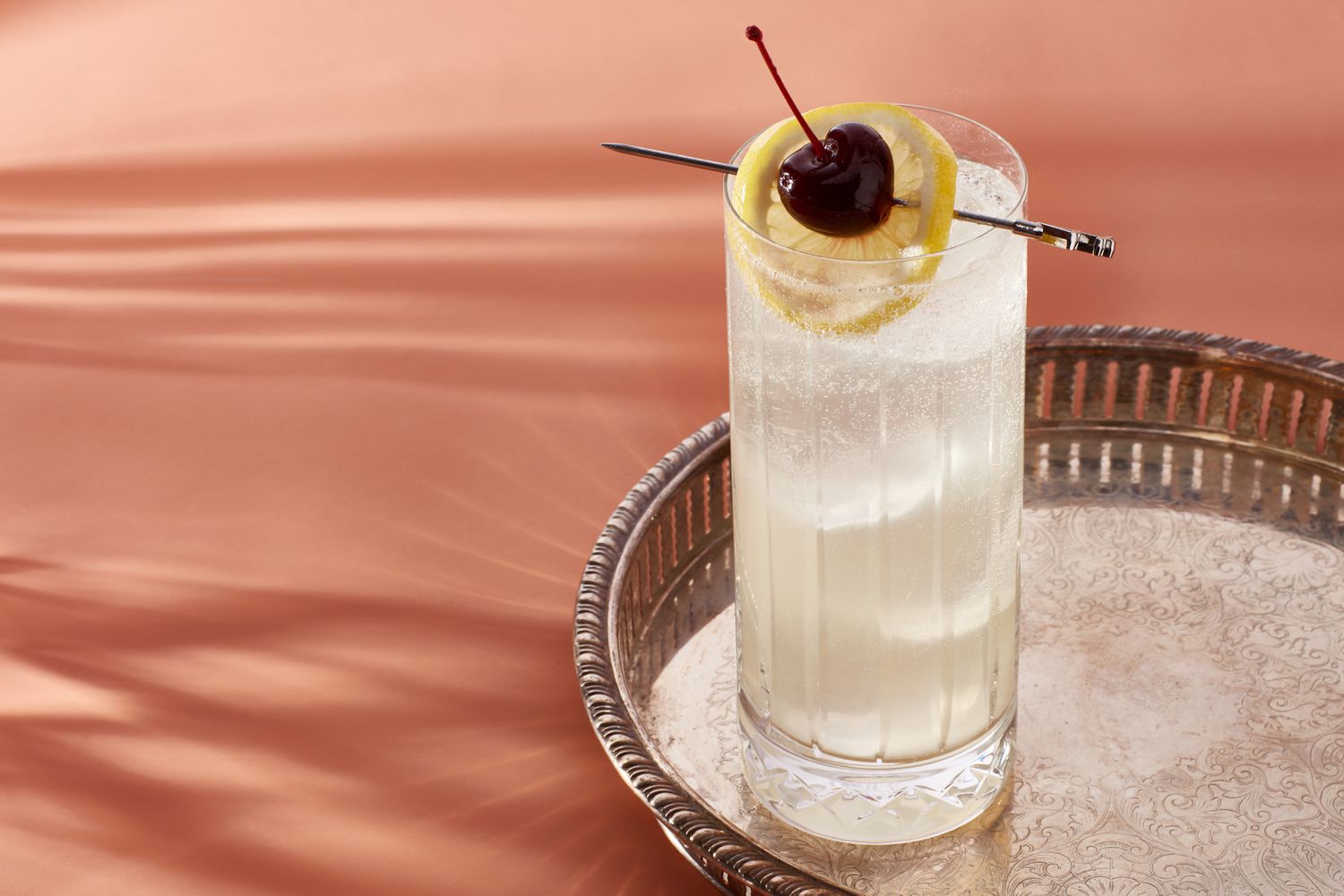Apéritifs & Digestifs sound like some weird spells from a Harry Potter book. Let us assure you that the origins of these words don’t stray far from their Latin roots. In previous articles, we have intensively mentioned what these words mean and what they taste like. Now, it’s time to dwell on the matter of what makes them different from each other.
If you’ve spent time searching for new liquor options online, you have definitely come across these terms and various alcohols that fall under these branches. And if you want to look sophisticated when ordering these in a high-end luxury Italian restaurant, you need to know these key differences.
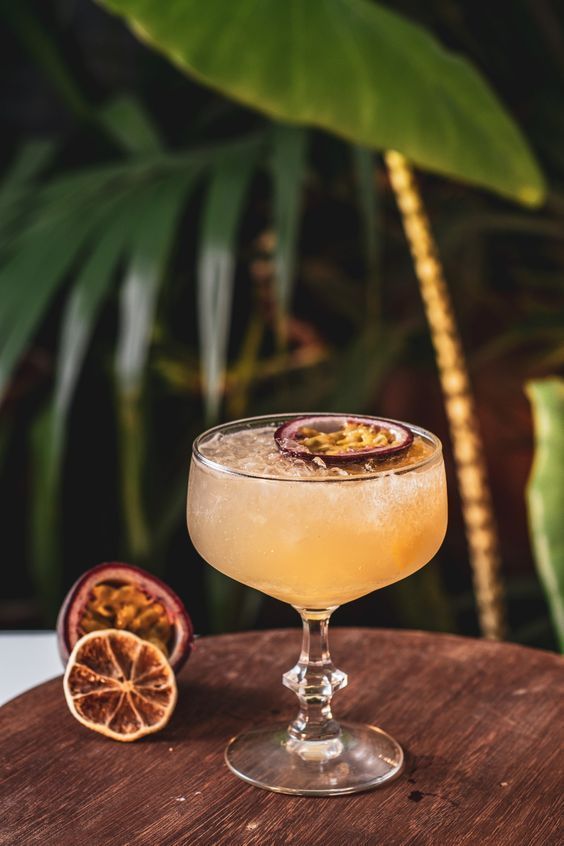

What Is It?
Aperitif: Aperitif comes from the Latin word “aperire” which means “to open.” These are drinks that are meant to be consumed before a meal to help wake up the suppressed appetite. They also prepare your palette to be exposed to the various meals that would follow.
Ideally, aperitifs are consumed as refreshments and to prepare your body for what’s to come next. Since they are light on the stomach, these drinks are also paired with appetizers that help prepare for the upcoming main course.
Digestif: The way aperitifs are served before the meal, digestifs are the opposite. These drinks are meant to be consumed after a heavy meal. Digestifs are much more flavorful and sweeter as compared to aperitifs because they aim to be closer.
Usually consumed in small quantities, digestifs are stiff drinks that are noted to help the digestion process, though there is no scientific evidence of this claim. The word digestif comes from the Latin word “digerere” which means “to separate.”
Origins Of These Terms
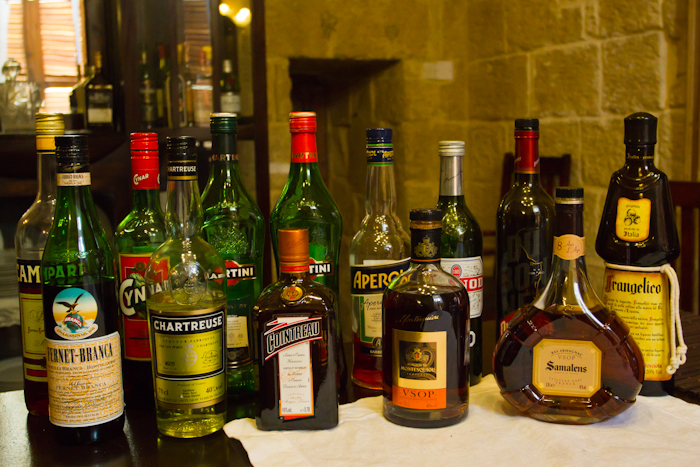
Aperitif: This term goes back almost 1500 years, and had become a common practice among Italians to consume a drink before dinner. By the mid-19th century, France popularized the concept of aperitifs after a local chemist, Joseph Dubonnet, crafted a brew to fight malaria. To hide the taste of the brew. Dubonnet added a mix of herbs and spices, which elevated the taste. It is believed that Joseph’s wife continued to drink this concoction before and after the meals.
Digestif: Digestifs have a different origin. These were originally designed for medicinal purposes, that was meant for stomach pains and gastronomical issues. It was then adopted as an after-meal special to help aid the digestive system.
Also Read: Know The Difference Between Bourbon And Whiskey
Flavors And Style
Aperitif: Aperitifs are supposed to taste as light as a feather and are meant to open up and tingle your taste buds. While they do that, they also have to make sure that they aren’t too heavy and find a way to carve some space in your stomach.
These drinks are usually dry to stimulate a healthy appetite for the following meal. These are low in alcohol content so as to not get you too drunk before your meal and cleanse your tasting palette.
Aperitifs are generally paired with light and salty snacks, or we how desi’s prefer to say, “chakna.” Though bitterness and herbal flavors are a common theme, these are still preferred light or in many cases, as a cocktail.
Dry vermouth, Aperol, and Campari are popular choices for aperitifs.
Digestif: Digestifs are generally bitter or bittersweet to instigate the sense of digestion in the body. The concept is that our body often thinks that bitter foods are not digestible and need to be thrown out of the body as soon as possible. This drives the body to speed up the digestion process and provide a lighter feel after a heavy meal. Since experts have not provided any proof of this, this is just word-of-mouth knowledge.
Usually, digestifs are supposed to contain ingredients like heavy cream, sugar, and even coffee. These ingredients tend to provide a dessert-like feel to the drink and give closure to the palette after a well-fed meal.
Some people suggest that adding a little spice also helps the digestion process. These are also high in alcohol content and are usually consumed straight or on the rocks. Sweet vermouth is a good example of this. This alcohol is sweet and bitter in taste and has a high ABV as well.
Also Read: What Is Vermouth
Which Ones To Try

Aperitif: Since aperitifs are supposed to be dry and mild on the taste buds, the major ones are cocktails and alcohols that are dry to taste.
- Campari is the most well-known aperitif out there. You may know this as one of the ingredients in the Instagram famous drink, Negroni.
- Aperol has become a staple in the aperitif game. A fun cocktail is the Aperol spritz, which of course uses Aperol as the main ingredient.
- If you’re not looking for hard liquor and something light instead, you can also opt for dry white wines or dry vermouth.
- Martini and Champagne work well as classic aperitifs.
Digestif: Digestifs are meant to be bitter-sweet, strong, and filled with a lot of character. Here are a few suggestions for you to try out.
- Old Fashioned (or if you want to be creative, New Fashioned) is the most popular drink in the world and the most preferred. You probably didn’t know that this was a digestif. This drink is infused with strong whiskey and orange refreshness.
- Whiskey Sour is another popular drink that uses egg whites, lime juice, syrup, and bourbon. It’s a stiff and tasteful drink.
- Cognac can serve as a powerful digestif. Consider having it straight for the best of its underlying effects.
Also Read: 8 Old Fashioned Recipes And Variations
Summing Up
By looking at these unique terminologies, we know that these concepts have originated in the Italian realm. The concept is more popular among Europeans as compared to India, the United States, and Canada.
With more liquor websites adding a section on Aperitifs and Digestifs, these have gained attention without much information on what they are supposed to do. Don’t be a part of the herd. Make the right choices and your meals will feel much richer and provide a better sense of completeness. Isn’t that the whole point, anyway?
FAQs
What’s The Difference Between A Digestif And An Aperitif?
Digestifs are meant to be consumed after a meal and are higher in alcohol content, with a bitter-sweet taste. Aperitifs, on the other hand, are meant to be consumed before a meal. Their aim is to open up your palette for the meal that would follow.
Is Beer An Aperitif Or Digestif?
Flavorful beer doesn’t explicitly fall under either category, but the malty and dense type of beer provides a good end to the meal. Hence, it may be classified as a digestif. Light and crafty beers are generally consumed before a meal so they would fall under the category of aperitif.
What Are 5 Examples Of Aperitif?
Aperitifs have a variety of options. The most common and preferred ones are dry white wines, Negroni, Gin & Tonic, Campari Soda, and dry vermouth.
What Is An Example Of A Digestif Drink?
The popular digestif drinks include sweet vermouth, Whiskey Sour, Old Fashioned, Manhattan, and drinks made with coffee or cream liqueurs.
Is Whisky A Digestif?
Whisky is usually a main ingredient in most digestif cocktails. Some experts also recommend whiskies to be consumed straight or on the rocks. The bitterness and high alcohol content makes whiskey an ideal choice of digestif.
Is A Negroni An Aperitif Or Digestif?
Negroni is an ideal aperitif because it is made with gin and vermouth, two ingredients that are the identity of aperitifs. The mild and refreshing taste of Negroni helps to open up an appetite for the meals.
Is Vermouth A Digestif?
Dry vermouth falls under the category of aperitifs as they are lighter to taste and are known to open up an appetite. But sweet vermouth is right up the alley of digestifs. These are much heavier and the bitter-sweet nature of the drink provides a sense of closure after a heavy meal.



